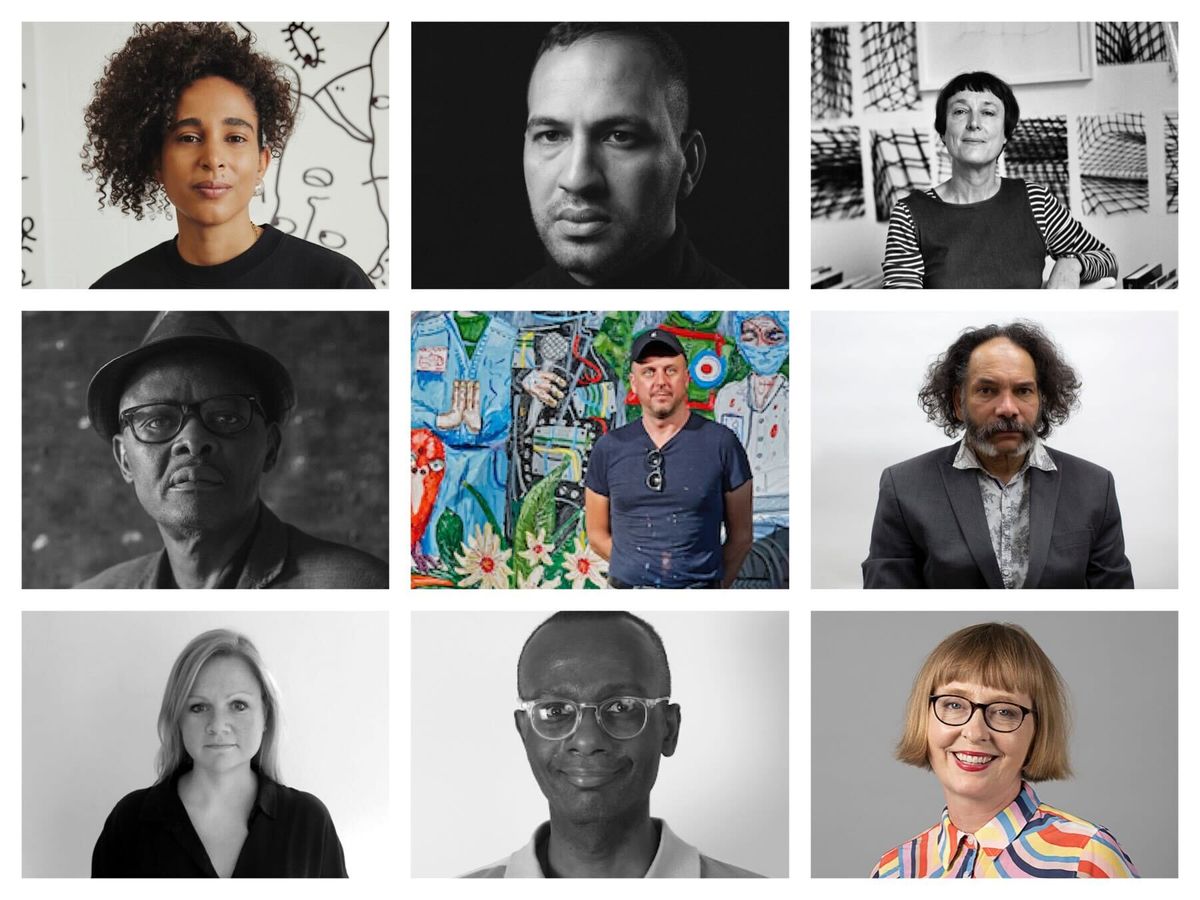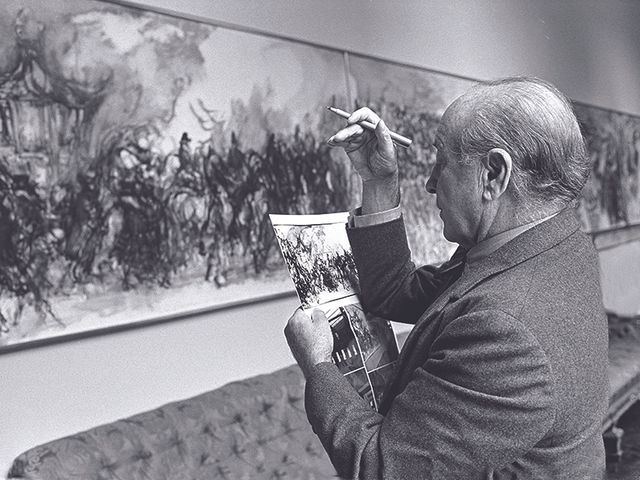The UK Government Art Collection (GAC) has commissioned nine artists, including Cornelia Parker and Hew Locke, to create works in response to the recent Coronation of King Charles III. The works will be finished over the coming months and will go on public display, a statement from the Department for Digital, Culture, Media and Sport (DCMS) says.
The artists Cornelia Parker, Hew Locke and Dale Lewis were based in London for their Coronation commissions, while the Dublin-born artist Joy Gerrard surveyed and sketched crowds gathered in both London and Belfast.
Parker says in an Instagram post that she “managed to join the crowd outside Buckingham Palace on afternoon [of 6 May] to witness the new King and Queen on their balcony which was as close as I got. Spent some time earlier, kettled with anti-monarchy protestors outside the National Gallery. Much fun was had.” A contributor says in response however: “It’s difficult for you when you’re part of the establishment.” Parker replied: "Any privileged access I have had is hard won and difficult to achieve," adding "I’m [sic] accepted the position of Elections Artist so I could get access to areas that would normally be taboo to an artist".
In Scotland, near the Balmoral Castle royal estate, the photographer Sophie Gerrard recorded coronation activities in rural communities while the British-Jamaican photographer Vanley Burke captured celebrations within neighbourhoods in Birmingham.
Leslie Thompson depicts related events in central Manchester, while Mohamed Hassan photographed neighbourhood events in Cardiff, Swansea and other locations across South Wales. The British-born US-based artist Shantell Martin created a work live during a coronation event in New York City.
The project recalls an initiative launched during the 1953 Coronation of Queen Elizabeth II when the Ministry of Works, the predecessor of the Government Art Collection, commissioned a series of pieces by artists such as L.S. Lowry and Laura Knight.
According to the GAC website, Lowry “found himself distracted by the crowd [during the procession], not by the grand spectacle”. He said: “Some excellent incidents took place […] which fascinated me but not, I should imagine, what the Ministry of Works want.” His work—The Procession passing the Queen Victoria Memorial—was initially displayed in the British Embassy in Moscow and is now on view in the Consulate General in New York.



